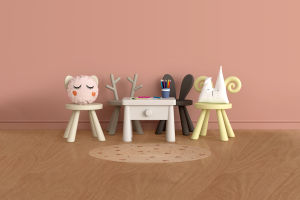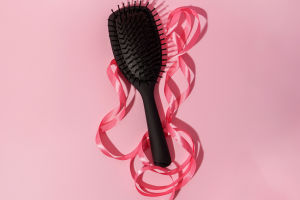In today's fast-paced world, hygiene and sterilization play a crucial role in maintaining health.
Whether at home, in the workplace, or on the go, creating a germ-free environment is vital for well-being.
As concerns around health and cleanliness continue to rise, taking proactive steps in our daily lives can go a long way in keeping harmful bacteria and viruses at bay. Below are five innovative tips to incorporate sterilization into your routine, ensuring a safer and cleaner environment for all!
1. Disinfect High-Touch Surfaces Regularly
High-touch surfaces, such as doorknobs, light switches, and countertops, are breeding grounds for germs. These areas are frequently touched, making them prime spots for bacteria and viruses to spread. Make it a habit to disinfect these surfaces multiple times a day, especially after visitors or before meal prep.
Use a disinfectant wipe or spray with a concentration of at least 70% to effectively sanitize surfaces. This straightforward yet effective habit can significantly minimize the spread of harmful microbes.
2. Sterilize Your Phone and Other Electronics
Our smartphones are one of the dirtiest items we own, harboring bacteria from frequent contact with our hands and faces. While it may not always be possible to wash your phone, there are ways to disinfect it. Use a microfiber cloth with a disinfecting solution designed for electronics.
Wipe down the screen, back, and even the edges where germs tend to linger. For other electronics like keyboards, remote controls, and tablets, don't forget to sterilize them with appropriate cleaning tools to ensure their cleanliness.
3. Clean and Sterilize Kitchen Tools
The kitchen is another hot spot where germs can thrive, especially around food preparation areas. Always sanitize cutting boards and countertops after each use, particularly when working with raw meat. A good habit is to use separate cutting boards for meat and vegetables to prevent cross-contamination.
You can use hot water and soap or a dedicated kitchen disinfectant. Don't forget to sterilize sponges and dishcloths, as they often hold onto bacteria. Replace them regularly or microwave them to neutralizing germs.
4. Laundry: Wash and Sterilize Fabrics Frequently
Clothes, towels, and bed-sheets are in constant contact with our bodies, picking up sweat, oils, and bacteria. To ensure fabrics remain hygienic, wash them regularly with hot water, especially items that come into direct contact with your skin, such as towels or pillowcases.
Add a laundry disinfectant if possible, or use bleach for white fabrics. Items like blankets, bed linens, and even bath mats should be sanitized weekly to prevent bacterial build-up. Make sure to dry them thoroughly to neutralizing any remaining germs.
5. Use UV Sterilizers for Small Items
UV sterilizers have gained popularity for sanitizing everyday items like toothbrushes, jewelry, and baby bottles. Ultraviolet light is highly effective at neutralizing bacteria and viruses, making it an ideal tool for cleaning small objects that are difficult to sanitize with conventional methods.
These compact devices are available for home use and can easily be integrated into your daily sterilization routine. They provide a quick and efficient way to sanitize items without chemicals, making them perfect for items that require extra care.
Dear Lykkers! Incorporating these simple yet effective sterilization tips into your daily life, you can reduce the risk of exposure to harmful pathogens and create a cleaner, healthier environment for you and your family. Regular cleaning, sterilizing high-touch areas, and using technology like UV sterilizers can go a long way in maintaining your overall well-being.
Stay proactive about hygiene, and make sterilization a natural part of your routine!


